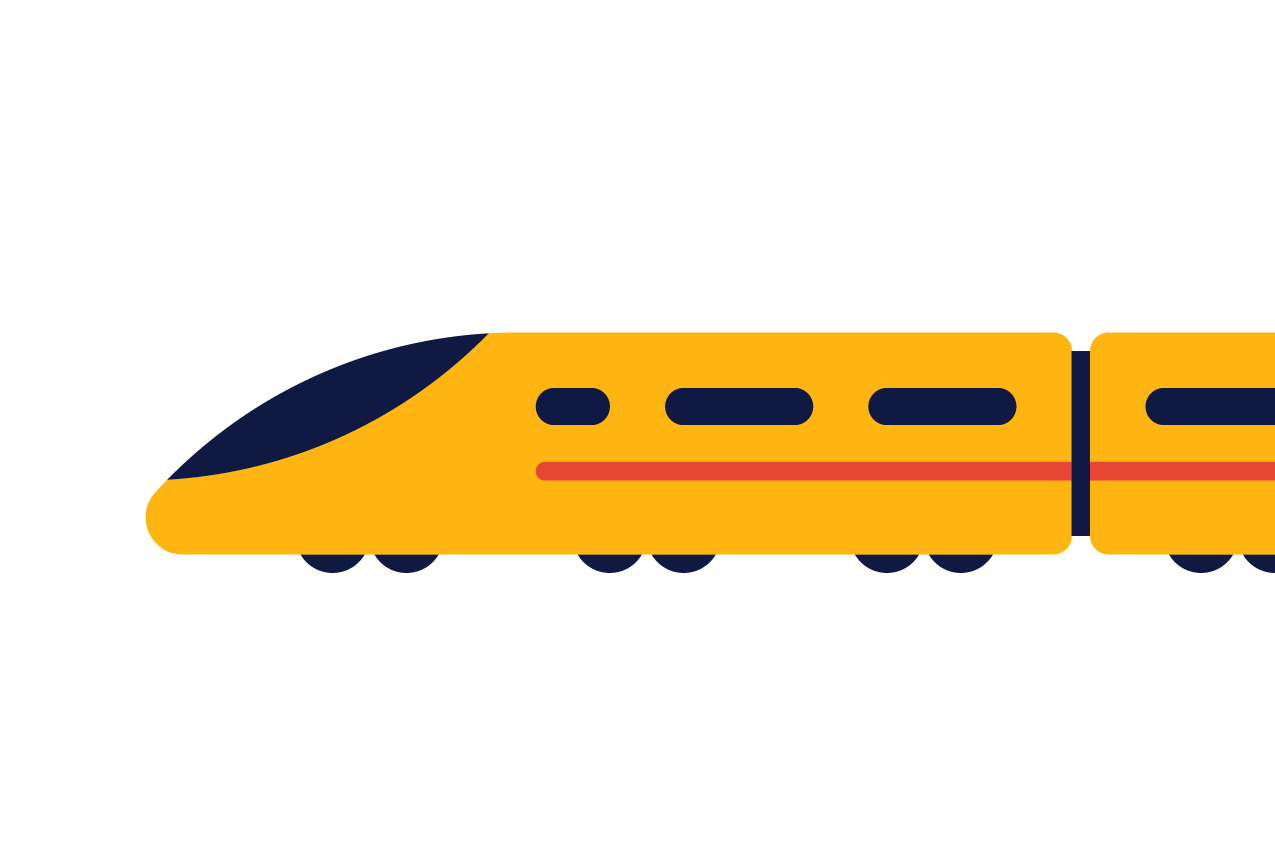To work on any construction, rail or infrastructure site, you are required to hold certain basic training qualifications that confirm the competency of yourself, allowing you onto said sites such as your PTS training. To effectively progress in your rail career, it is imperative to complete your Personal Track Safety training.
This article will highlight:
- What is personal track safety training (PTS)?
- How do you get a PTS card?
- How much does it cost to get a PTS card?
- Where can I get a PTS card?
- What type of PTS card do I need?
- What jobs can you get with a PTS card?
what is a PTS Card?
Personal Track Safety card (PTS card) is the name of the required training which allows a person to work on or near a railway line. Jobs that this is required for, but not limited to include landscaping, scaffolding, buildings and engineer. This training highlights that the individual is competent, medically fit and also has the authority to do so. To do what?
what is a Sentinel railcard?
Once you have achieved your PTS accreditation you will receive a Sentinel railcard. This is proof of your competency to work, without a sentinel card, your employer does not know if you have been approved or are working for an unauthorised employer.
how to get a PTS card?
The simple answer is to complete a sponsored PTS training course. This usually takes the shape of a two-day course held at a rail training centre. Some rail roles will require additional training but this will be made clear with your hiring company.
can I get a PTS card without a sponsor?
An individual will need to find an employer who is willing to sponsor the PTS training. Training is only available from pre-approved companies as that company has agreed to monitor working hours, proved the required safety equipment and has accepted the responsibility for the individual on Network rail infrastructures.
what PTS training do I need?
There is a range of PTS certificates that you can acquire that allow you different access on sites.
- PTS - Personal Track Saftey for non-electrical lines
- PTS AC - Personal Track Safety for AC electrified lines
- PTS DC - Personal Track Safety for DC electrified lines
- LKT - Lookout and site warden
- LKT (P) - Lookout trained to use Pee Wee
- LKT (K) - Lookout trained to use kango warning equipment
- AOD: HS - Handsignaller
- AOD:LXA - Level crossing attendant
- AOD:PO - Points operator
- IWA - Individual working alone
- TRKIND - Track induction
- COSS - Controller of site safety
- PC - Protection
- Engineering supervisor
- PICOP - Person in charge of possession
- SPICOP - Senior PICOP
- NP OLE/AC-i - Nominated person
- AP OLE/AC-i - Authorised person
- RIO - Rail Incident officer
- BSN1 - Bridge strike nominee grade 1
- BSN 2 - Bridge strike nominee grade 2
- BSN3 - Bridge strike nominee grade 3
what job can I get with a PTS card?
how do I get a job on the railway?
Since Boris Johnson gave the green light to HS2, the 30,000+ job opportunities are back on track for 2020 to create the commuter link from London to Birmingham in 49minutes.
what is HS2?
HS2 is the new High-Speed Rail link planned for 2026 to connect London and Birmingham and by 2033 include Leeds and Manchester to create a more connected Britain on a faster network. The project is looking to provide over 30,000 jobs within a range of construction, engineering and rail industries.
The project offers the opportunity for career progression over the potential 20 years+ timeline of HS2. However, before you can start work on-site, you need to ensure you have the basic required training and qualifications.



